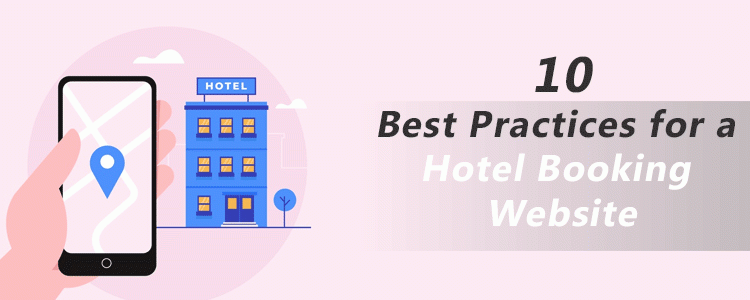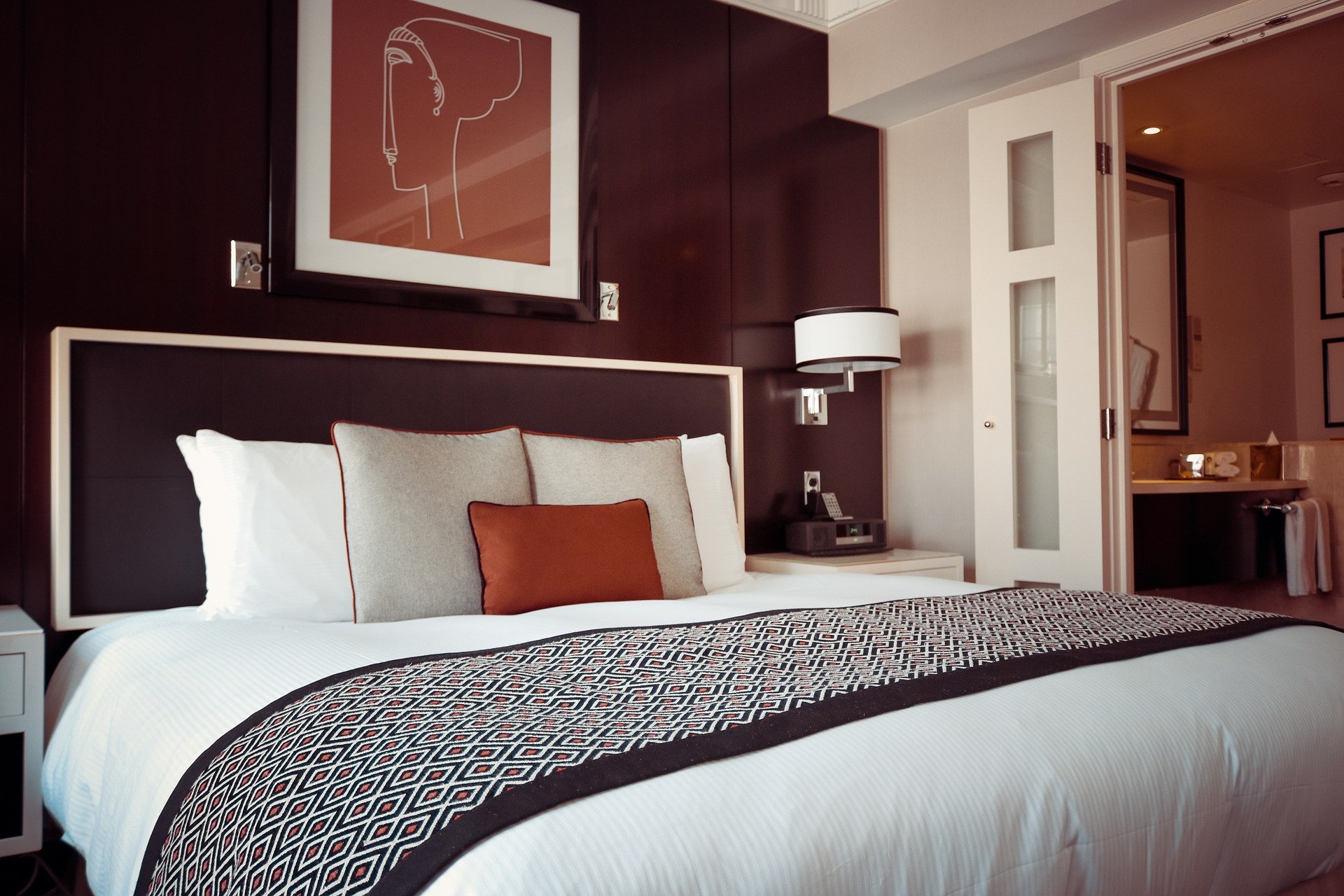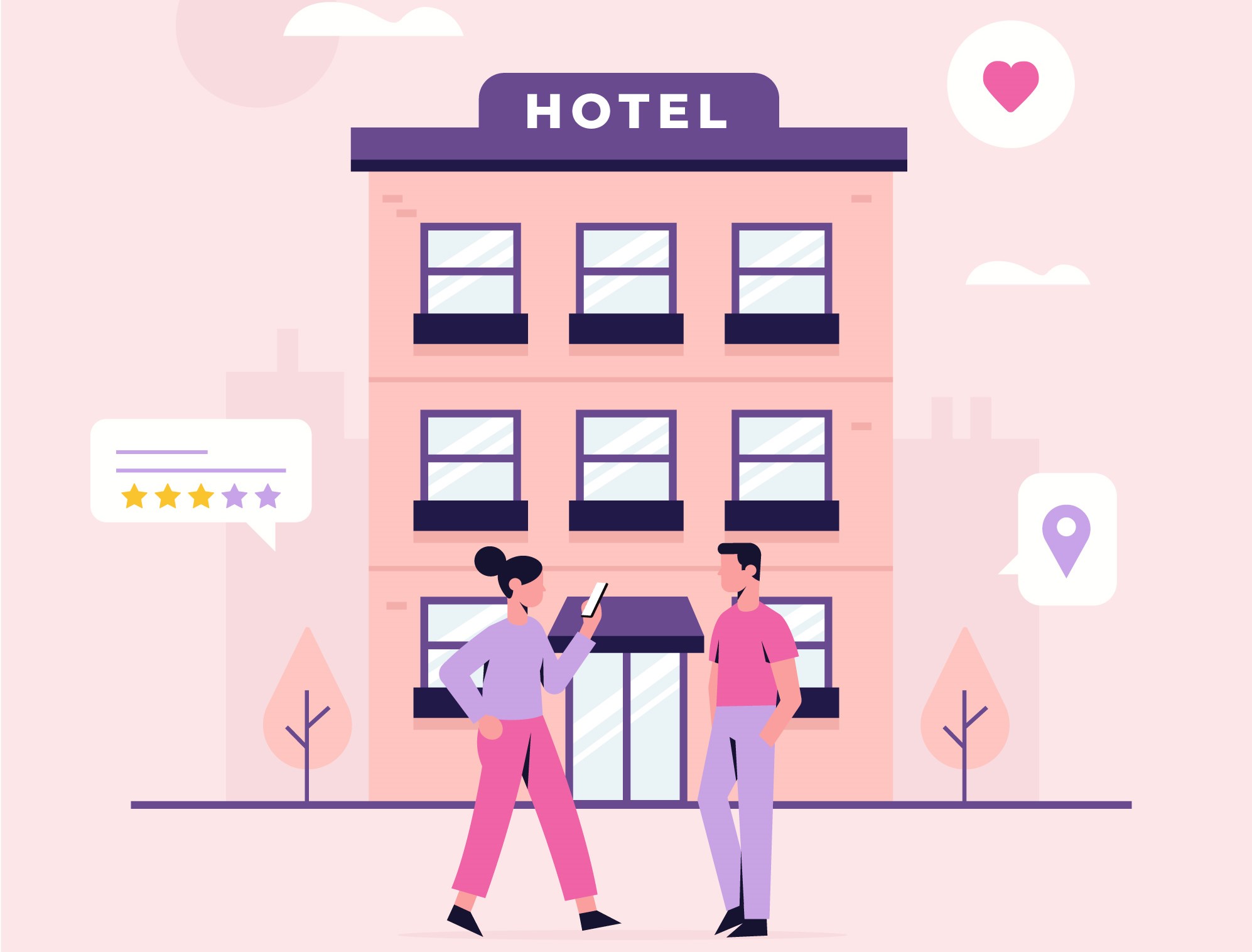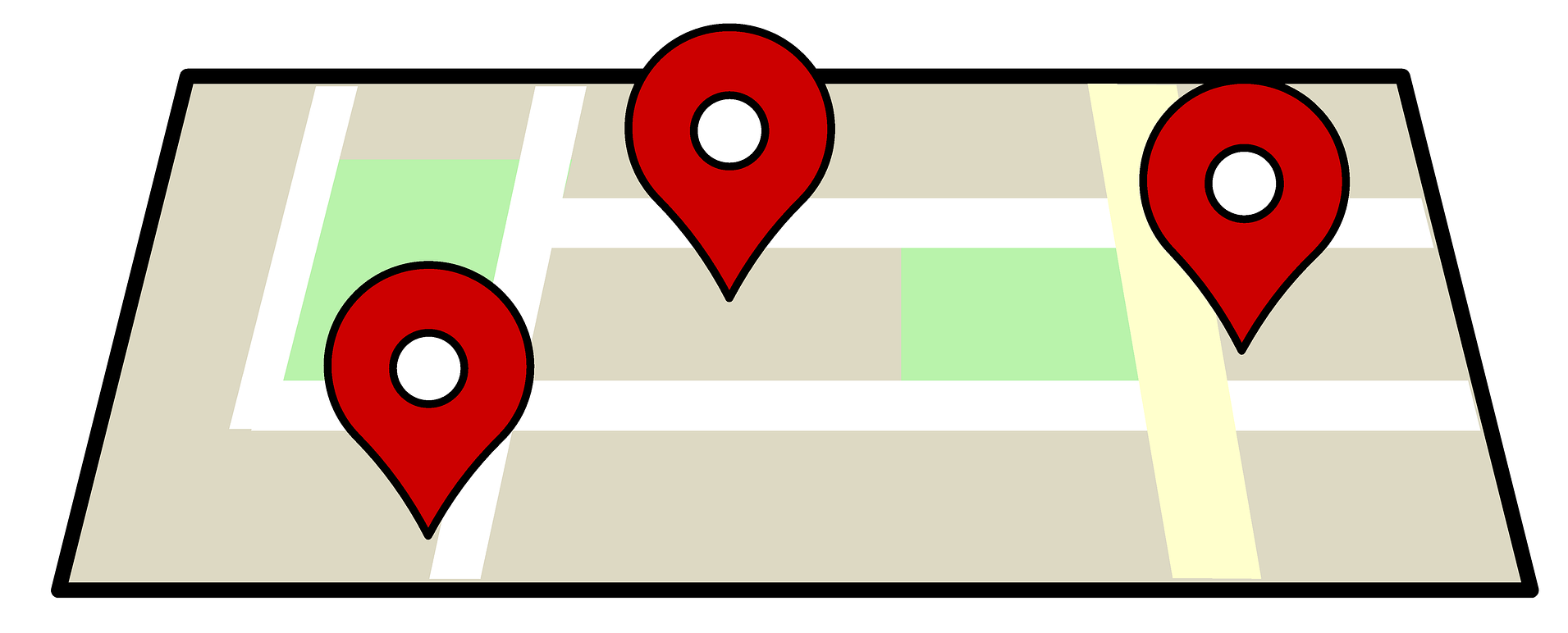Did you know approximately 148 million travel bookings are made every year and the sales made through travel bookings are expected to hit an $817 billion mark? [Source: Condor Ferries]
The market is expanding rapidly and more and more people are entering into the business of travel niche. And if you are also looking to open a hotel chain, it could be worth a move.
People love going on vacations and exploring places with their family and friends. Once the plan is confirmed, the first thing that they look for is some of the best hotels around that region.
They open Google, type their query and a list of hotel booking websites appear in front of them. Then they check out a few websites and choose the best one.
How does a visitor decide which is the best hotel booking website? Well, there are a number of factors based on which the user comes to a conclusion. And this is what I would be covering in this blog post.
In this write-up, we will discuss the best practices for a hotel booking website like what should be the basic steps that you should follow if you are thinking to open a hotel chain.
1. User-Friendly Interface
A clunky, cluttered website will leave a highly negative impression of your brand. As soon as people enter your website and find it too difficult to browse, they would take an exit within a fraction of seconds.
For a hotel booking website to capture the immediate attention of visitors, make sure you have given it an attractive look. The use of eye-catching visuals, high-quality hotel images, appealing home page layout, can make a strong first mark.
It should be designed in such a way that users feel irresistible to leave your website. This is why having a user-friendly interface becomes highly important here. Everything should look clean and organized.
2. Make it easy to search Hotels
Your site search functionality should make it extremely easy for the visitors to search for their query. Primarily, allow users to enter their destination, check-in and check-out date, number of guests, number of rooms so that they have a relevant list of hotels to choose from.
The search bar in your hotel website should be made large and clearly visible so that it is immediately noticed by the visitors. Apart from the home page, it should be visible on every page that the user navigates. Do not compel users to come to the home page to conduct a search.
3. Display Hotel Ratings
When I say display hotel ratings, I do not mean the ratings given by the customers to a particular hotel but the star rating of that hotel. For example, some budget-friendly hotels can be 1-star or 2-star, average hotels can be 3-star. 4-star and 5-star hotels are slightly expensive with more facilities.
Highlight the hotel star rating clearly even on the search results and let customers choose what kind of a hotel type they want for their stay.
Besides, you can also mention the ratings defined by the customers. This gives the user an overview of whether a particular hotel is worth booking or not. People will usually ignore hotels that do not have positive ratings. This can save a lot of time for the visitors.
4. Sorting and Filtering
When a user has made the search, make their task more easy by providing with them with the sort and filter option.
A hotel booking website might display a lot of hotels to users with different sort of booking price and ratings. Let them sort the hotels as per the price (low to high and vice versa) and filter the hotel type and hotel ratings. It will present a more specific and relevant list in front of the users.
5. Display Room Category, Room Type and Hotel Amenities
Most of the hotel website owners list the hotels into a few categories such as Budget hotels, Premium hotels, etc. And you should do the same. A visitor looking for a stay at a reasonable price would look for budget-friendly hotels whereas someone who wants more services would go with a premium one.
Similarly, you can categorize the room type as well, for example, specify if it is a single bedroom, double bedroom, Queen sized bedroom, King-sized bedroom, twin bedroom, etc.
Lastly, display hotel amenities. Let the customers know what they can expect from your hotel and rooms. Hotel amenities could be like parking facility, swimming pool, etc. and for rooms, in particular, it could be whether the room as AC or Geyser installed, television, etc.
6. Let the Hotel pictures speak for themselves
It is all about visuals when it comes to a hotel booking website. People want to book hotels where they can expect hygiene and comfort. There can be some other factors as well but these two are usually the top priorities.
Most of the people book a hotel by checking the hotel conditions through pictures. Only if they find the look comforting, they make the booking.
Visuals leave a significant impact and this is why adding amazing pictures of the hotel is one of the best practices for a hotel website. Hotel pictures should contain the look of the hotel from outside, pictures of reception, sitting area, floor, rooms, washrooms, etc.
The more satisfying the hotel looks, the more will be the chances of a user making a booking. If there are some hangout spots nearby, you can include them too.
7. Show what Customers have to say
Help your visitors in choosing the best hotel by displaying hotel reviews. Let the prospects know what the previous customers think about the property, how has been their experience, what did they find good, what did they find bad.
Reviews influence people in their decision. And if the hotels listed on your website have good reviews, it would hardly take time for a user to make a booking.
8. Integrate Google Maps for Easy Navigation
Instead of just displaying the hotel address and expecting the potential customers to search for the location on Google Maps themselves, wouldn’t it be great if you could add the location through Google Maps on the booking page itself?
Visitors would not have to leave your website and then open Google Maps and enter the address. They just have to turn on their location and the destination would be already added. This makes it convenient for people to reach the hotel without any hassle.
9. Provide Hassle-free booking
Make it easy for your visitors to book a hotel. Have all the major payment options on your payment page including e-wallets. A majority of the people are taking the help of digital wallets for conducting a transaction.
You can also allow users to pay the amount at the time of check-in, and to avoid any cancellation at the last minute, you can ask for a little payment in advance for confirmation.
10. Optimize your website for Mobile
Today, any website, be it a hotel booking website or any eCommerce website, needs to be responsive. Most of the transactions are taking place through mobile devices. So it’s vital that your hotel website is mobile-friendly else you may face a heavy downfall in your mobile conversions.
Your mobile users should be able to enjoy the same browsing experience as your desktop users, in fact, more than that. Therefore, it is highly recommended to optimize your hotel website for mobile if you want to double your sales.
Add the Hotel Booking Facility on your website with Knowband’s Booking and Rental System Module
The Booking and Rental System module by Knowband lets you provide the online hotel booking facility to your customers. In fact, this module is not restricted to hotel bookings specifically, you can also add an appointment booking facility or rental facility through it.
But since this write-up focuses on a hotel booking website, let’s check out what this module has in offer for you.
With the Hotel Booking System, you can
– Specify the hotel name and add a description about it
– Set up an upfront booking price
– Specify the hotel rating
– Display hotel location via maps
– Add hotel images
– Specify the booking period
– Adjust the price as per days and time slots
– Specify the minimum and maximum days for which a booking can be made
– Set the check-in and checkout time
– Specify the room type and room category
– Specify the maximum number of children and adult allowed for a particular room type.
And there’s much more you can do with this module. Try out this module for PrestaShop and OpenCart
PrestaShop Booking and Rental System Addon
OpenCart Booking and Rental System Extension
Knowband also offers a combination of PrestaShop Booking and Rental System and PrestaShop Mobile App. Check out-
PrestaShop Booking and Rental Mobile App
Final Word
That’s it. These are some of the best practices that you should follow if you are thinking to set up a hotel website and want to know what all elements it should have to make it a perfect fit for you as well as your visitors.
Once you have tick marked all the mentioned points, find out how you can promote your hotel website to bring it to the notice of your target audience. Do proper SEO, promote your business on social media or whatever it takes to reach out to your visitors and bring traffic to your website.
All the best!
If you liked this write-up, do leave a comment below, and for any assistance with the module, you can contact us at support@knowband.com
You may also like:
PrestaShop Booking and Rental System | Manage your Online Bookings
Make Online Booking System Convenient with PrestaShop Booking and Rental Mobile App






